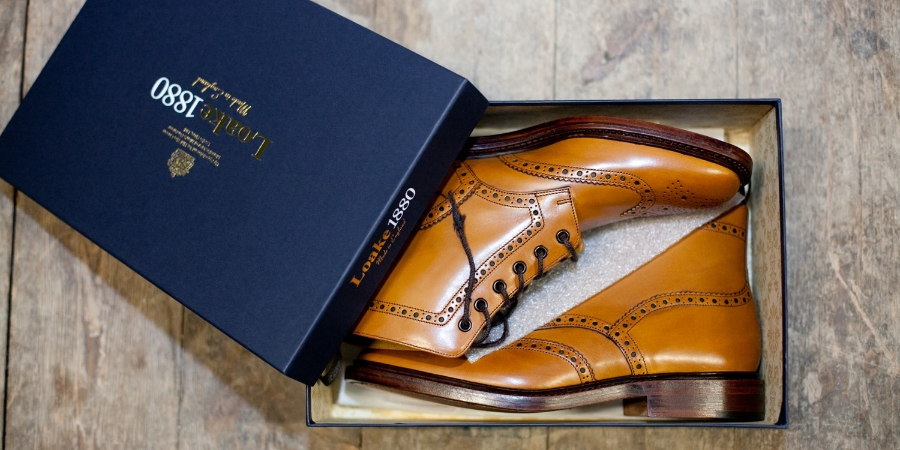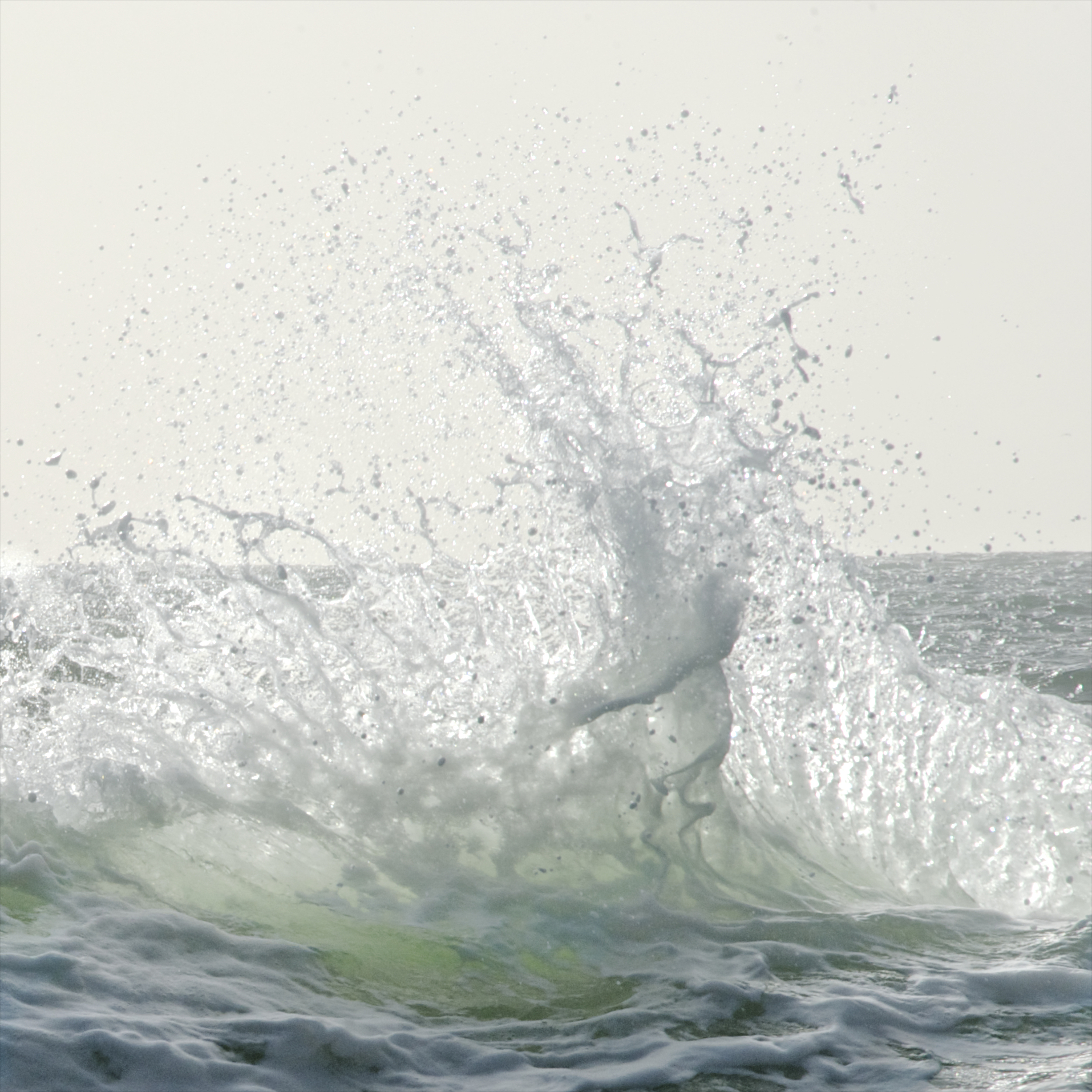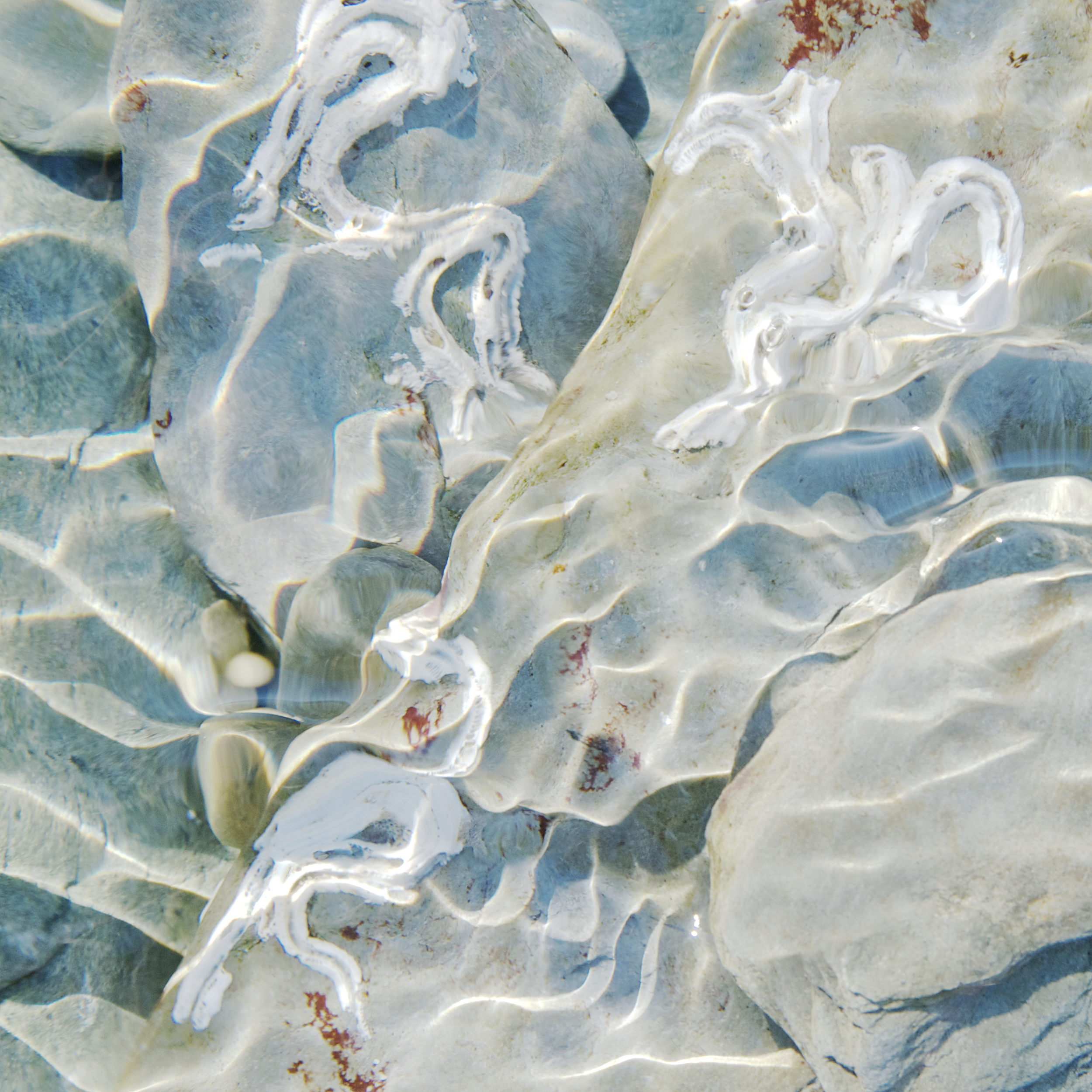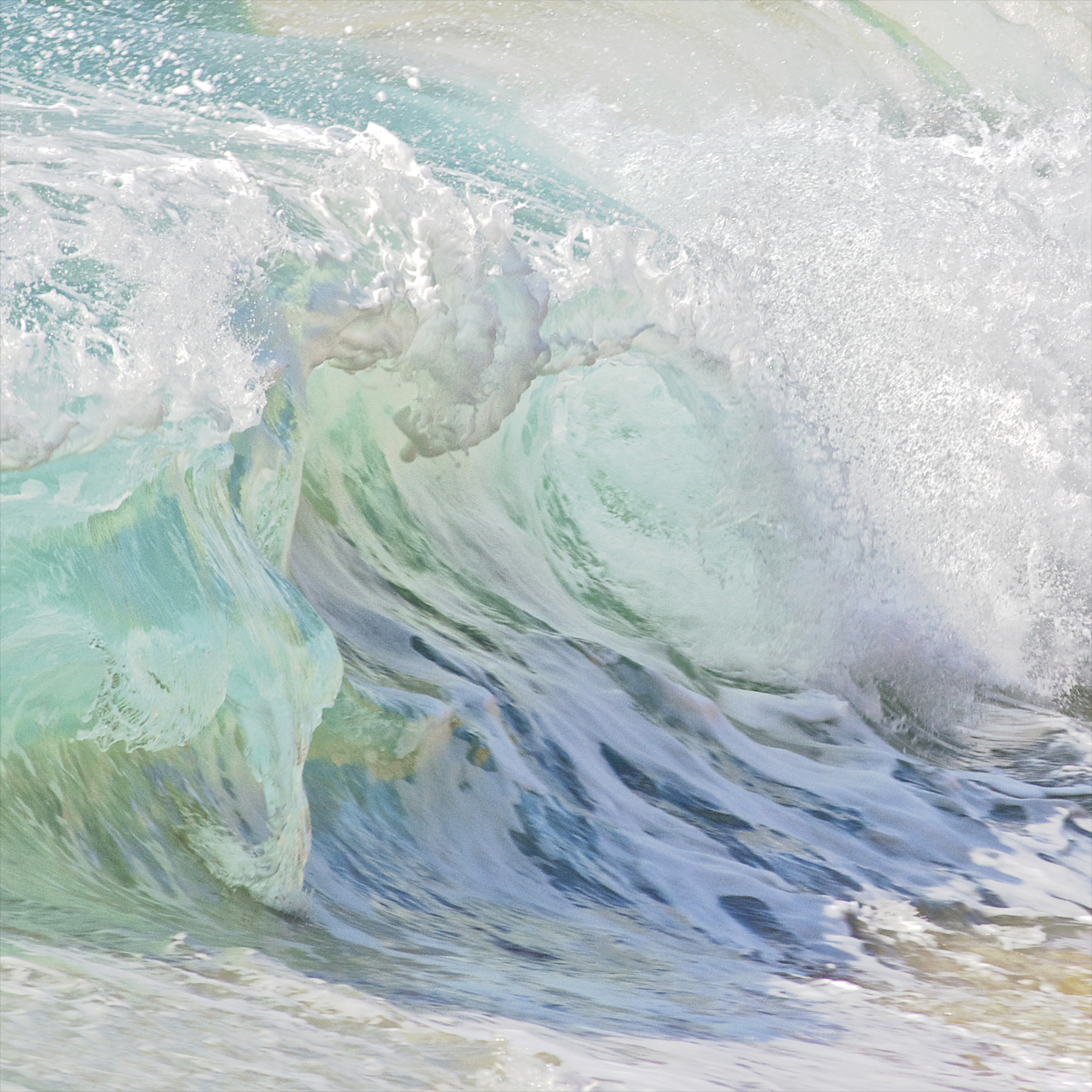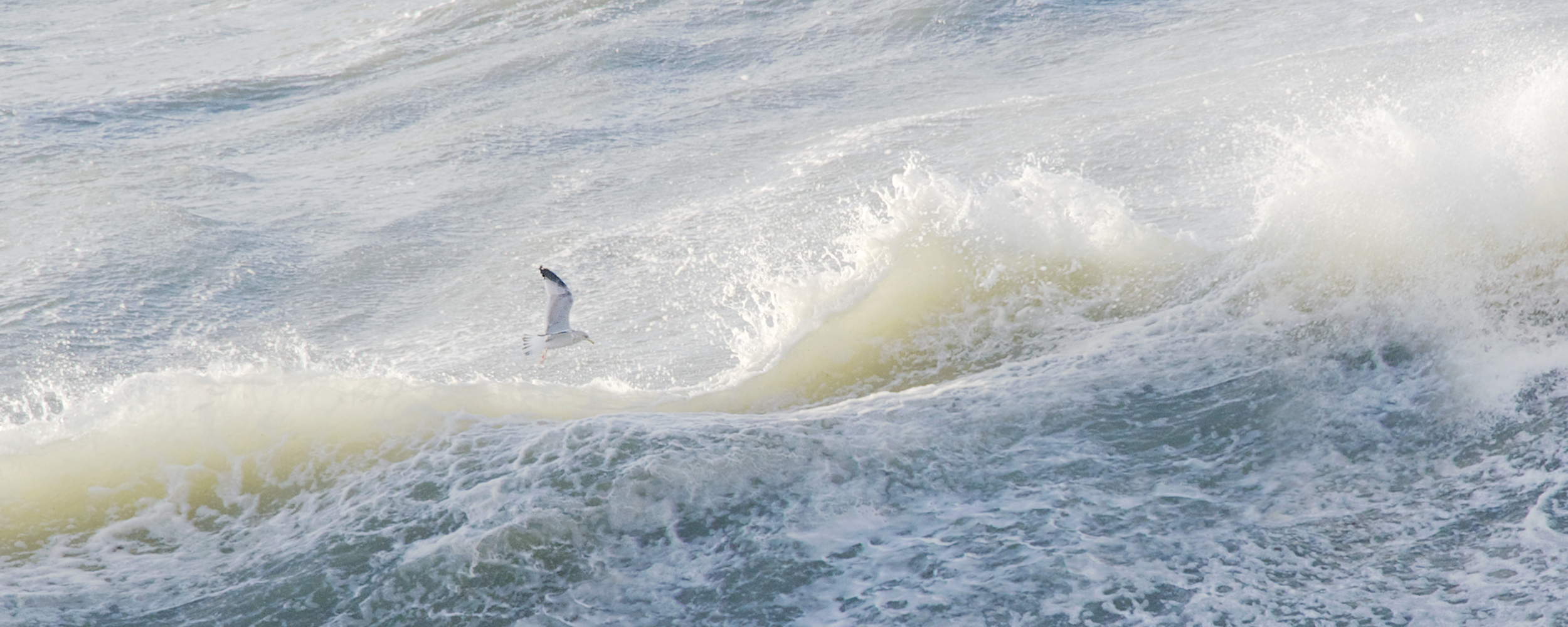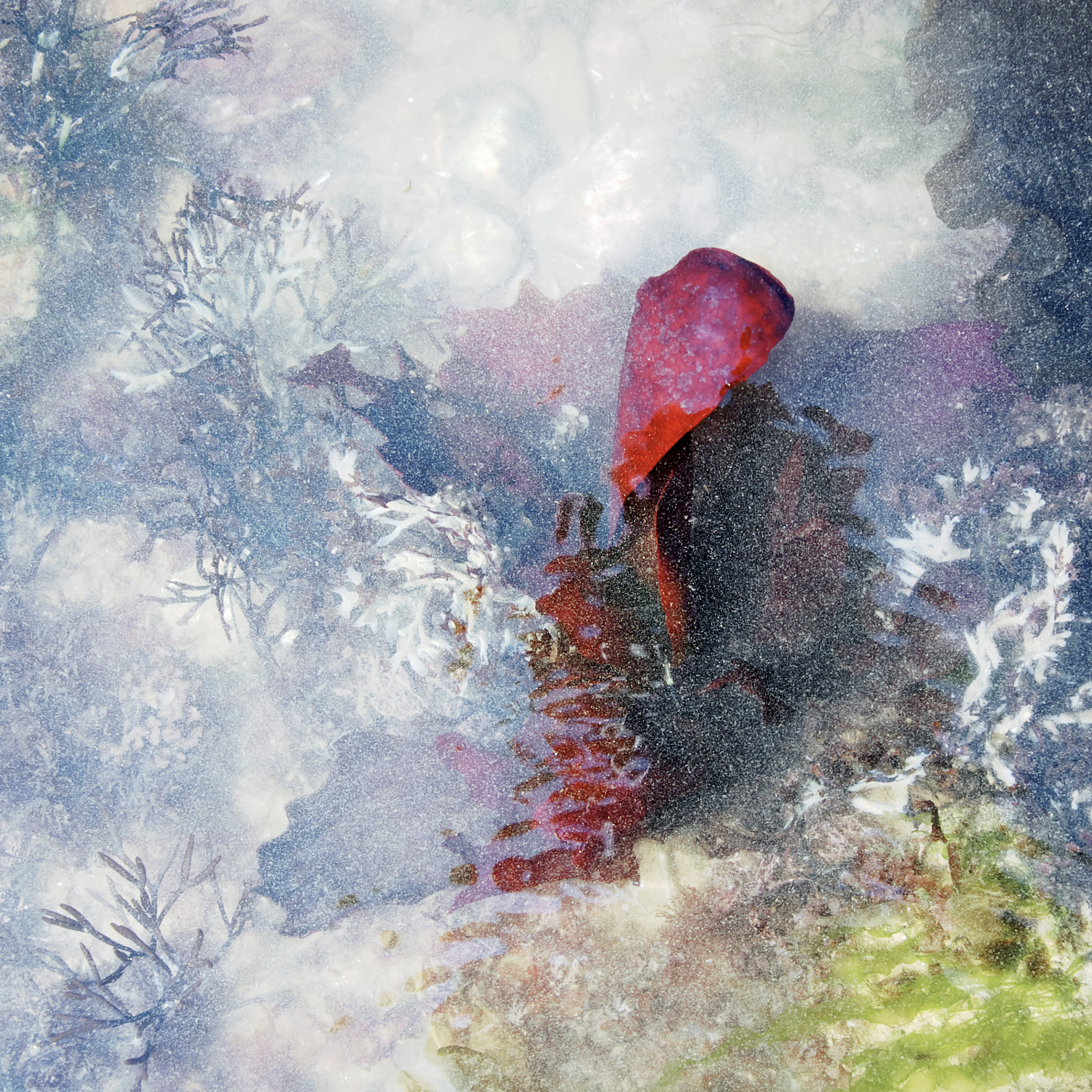Devon-based Beachcomber Tracey Williams is recording the journey of the sea-bound Lego on the ‘Lego Lost At Sea’ Facebook page, where finders share pictures and memories of the epic Lego spill. We chatted to Tracey about her colourful quest and the sobering realities of marine debris...
When the spill happened in 1997, did you have any idea it would impact you personally in such a way?
No. At the time I was just intrigued by all the Lego washing up on the beaches around our family home in south Devon. Tiny flippers, cutlasses, scuba tanks, life preservers, spear guns, seagrass and very occasionally a Lego dragon or an octopus. We knew it must be from a cargo spill. My children would go down to the beach with their tiny plastic buckets and fill them with ‘treasure’. We stored it all in my father’s garden shed, which was tethered to the clifftop by guy ropes to stop it blowing away in storms.
How much of an impact has the spill had on the beaches?
Nearly five million pieces of Lego is obviously a significant amount but so much debris washes up all the time – the Lego is but a drop in the ocean! Although the Lego used to wash up intact it’s gradually breaking down into smaller and smaller pieces. Maybe it will eventually be unrecognisable. Micro plastic pollution is a huge issue.
How far and wide across the globe have these Lego pieces been found?
We’ve had quite a few reports from the Netherlands – the Lego has been washing up there for years. A beachcomber in Texas recently found a Lego octopus and someone else in Maine, US, found one of the Lego life rafts. A beachgoer in Australia found a blue Lego flipper and we’ve spotted Lego spear guns in montages of beach finds posted online by beachcombers in California. In recent weeks we’ve also had reports from Portugal and France. Obviously it’s hard to tell from a single find whether it’s from the Tokio Express or just a random loss but oceanographers do believe that the Lego will have travelled all round the world by now. We tend to look at patterns, i.e., whether or not more than one item has washed up and if so whether they are pieces we recognize.
Do you have a favourite piece of Lego that you’ve found?
It’s always fun to find a Lego dragon or an octopus. And I still love finding the teeny tiny cutlasses. They often wash up with the nurdles or mermaid’s tears – those tiny pellets of plastic that are the scourge of the oceans. Because the cutlasses are so tiny they are really hard to spot.
Is there a piece you’re hoping to find?
Yes – a green dragon. Only a few of those have been reported so far. I still remember the envy when our next door neighbour found one!
Have you ever considered having a Bring-Your-Own Exhibition to show off the quirky pieces found ashore?
Now that’s a really good idea! We have considered putting on a display. We’re writing a book about our project at the moment so once that’s finished we’ll think about an exhibition.
We can see in some of the pictures posted online the amount of debris that is washed up on the beaches in the South. Do the Lego-searchers help out in clearing up the beaches?
We’re part of a network of beach cleaners and originally set up the Lego Lost At Sea page so that between us we could record where the Lego was turning up and how much had been found. We knew other people were finding it too and thought it would be interesting to track how far it had travelled and who was finding what. After the BBC featured the page the number of followers shot up from 400 to over 50,000. We do encourage them to do a two-minute beach clean or a mini beach clean while they’re hunting. If everyone who visited the beach did the same we could make a huge difference.
What debris – aside from Lego – is being washed up onto these beaches?
Where do I start! Discarded fishing gear, beach litter, food packaging, dirty nappies. Items from other cargo spills, such as shoes, clothes, syringes, lighters, intravenous drip bags, car parts, etc. Sewage related debris – tampon applicators, cotton bud sticks, lancets. I’m always amazed at the number of toothbrushes that wash up. Plastic bottles, bottle caps (beachcombers in Cornwall collected over 60,000 bottle tops for the Great Cornish Bottle Top Chain, an initiative organised by Rame Peninsula Beach Care). Much of the debris we pick up has come from cities and towns – dropped on the street and washed into storm drains, rivers and eventually the sea. Some of the litter we find has travelled thousands of miles – we get quite a bit from the US and Canada. Some of the marine litter is quite old. We’ve dated some of the toys we’ve found to the 1950s.
Are there any elusive pieces that are on the ship’s manifesto that haven’t been found ashore yet?
Yes. As an example, we still haven’t found the dragons’ wings, arms, tails and fiery breath! Where are they? We do tend to find the same pieces time and time again but there are many more items on the inventory that we haven’t yet discovered. Not all the Lego floats though. We believe some may still be trapped in crates at the bottom of the ocean.
Do you have any advice for would-be Lego-seekers?
Do check the tide times before you head to the beach and wear protective gloves. We often find the Lego on the strandline, among the seaweed and micro plastic that washes up. Some of the smaller pieces, such as the Lego cutlasses and daisies are really hard to spot. We often find those when we are down on our hands and knees scooping up the nurdles. Searching by colour is another technique Lego hunters use. A friend recently found one of the elusive Lego dragons when she focused solely on picking up black plastic from the strandline. She would probably have never spotted the black dragon lurking in seaweed otherwise!
Tracey was interviewed by Rosie Gailor.
To find out more about Lego Lost At Sea and to log your washed-up finds, visit the Lego Lost At Sea Facebook page.
This originally featured in print issue 4 of Ernest Journal, on sale now.




![loake 0208[1].jpg](https://images.squarespace-cdn.com/content/v1/52933d33e4b06ae3d2a95f16/1464340316861-IWOI2OG13MEMT3D7LQB7/loake+0208%5B1%5D.jpg)
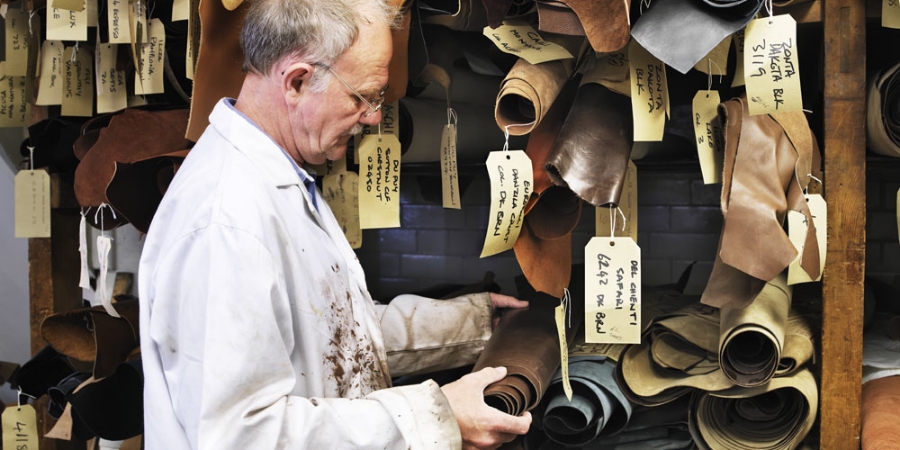
![loake 0026[1].jpg](https://images.squarespace-cdn.com/content/v1/52933d33e4b06ae3d2a95f16/1464341200499-DXJF3CUV449P55EGZXJ3/loake+0026%5B1%5D.jpg)
![Loake_0616[4].jpg](https://images.squarespace-cdn.com/content/v1/52933d33e4b06ae3d2a95f16/1464341314413-ZWO78TA35Q60ZFW1P46C/Loake_0616%5B4%5D.jpg)
![Loake_0563[4].jpg](https://images.squarespace-cdn.com/content/v1/52933d33e4b06ae3d2a95f16/1464341403159-CPISLFOV24IYO49WO6H6/Loake_0563%5B4%5D.jpg)
